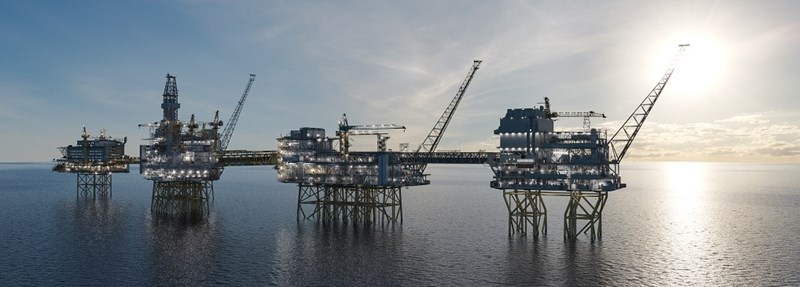INTRODUCTION
Reduction of structural weight of a steel structure is essential primarily for two reason. Firstly, the material and manufacturing costs along with transportation costs are reduced. Secondly, and more importantly in some applications the reduced weight itself is a huge benefit. Such applications are for example all kinds of mobile machinery, vehicles and offshore structures. With steel structures, the structural weight can be reduced with structural optimization and advanced materials. In this study, the potential of the EN 1.4362 /UNS S32304 duplex stainless steel is studied and compared to conventional carbon steel. Conclusions of this study cannot be directly applied to real-life applications, but they represent a good guideline for evaluation the potentiallin specific cases.
THE EFFECTS OF MATERIAL PROPERTIES
ON STRUCTURAL WEIGHT
What comes to material properties, the higher strength or stiffness can be utilized to reduce the cross section dimensions and structural weight. For members under tension or bending, most of the enhanced strength can be utilized. For slender compression members only a part of the extra strength may be utilized because of the stability limit states. Depending on the application and design code, also the deflections or vibrations of the structure may become dominant and the enhanced strength may not be fully utilized. In harsh corrosion environment, the corrosion margin should also be considered. For corrosion resistant duplex steels no margin is needed when a conventional carbon steel structure may demand increase in material thickness.
THE EFFECT OF TOP SIDE WEIGHT REDUCTION ON OVERALL COSTS
Stainless steels have not been very widely used at offshore platforms. Only minor secondary structures may have been manufactured of stainless steels while larger structures are made of carbon steel (Duplex 2007). Only relatively recently uncoated stainless steels, especially lean duplex, have been considered to be suitable for their high strength and relatively low cost (Doble & Havn).
the carbon steel structural weight is 52 000 kg while lean duplex structural weight is 37 000 kg, which makes the relative weight saving ratio to 29 %
WEIGHT REDUCTION ESTIMATION IN TYPICAL OIL RIG TOPSIDE STRUCTURES
For weight saving comparison, in an example structure, the carbon steel structural weight is 52 000 kg while lean duplex structural weight is 37 000 kg, which makes the relative weight saving ratio to 29 % (Doble & Havn). This thumb rule ratio would be applied to all relevant structures where lean duplex would be beneficial option instead of carbon steel (or austenitic stainless steel). It’s also important to consider other lean duplex cost reducing benefits, such as coating and maintenance savings. Considering TLP, semisubmersible or FPSO etc. applications, top side structures would be the most beneficial application area for EN 1.4362/UNS S32304, because top side weight saving will induce major cost saving potential to full design (Havn & Kolts & Tuttle).
